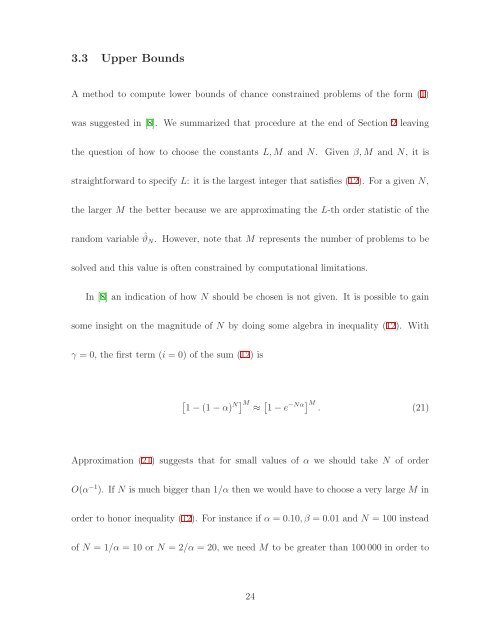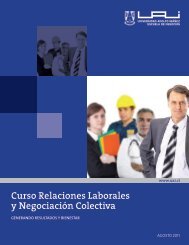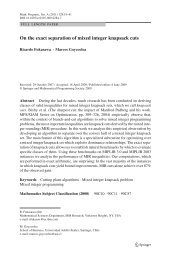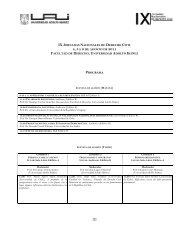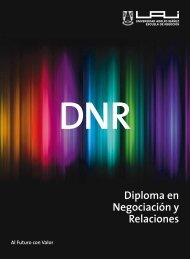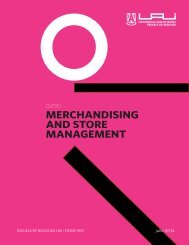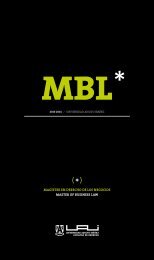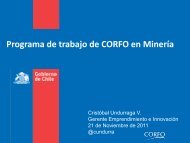Sample Average Approximation Method for Chance Constrained ...
Sample Average Approximation Method for Chance Constrained ...
Sample Average Approximation Method for Chance Constrained ...
- No tags were found...
You also want an ePaper? Increase the reach of your titles
YUMPU automatically turns print PDFs into web optimized ePapers that Google loves.
3.3 Upper BoundsA method to compute lower bounds of chance constrained problems of the <strong>for</strong>m (1)was suggested in [8]. We summarized that procedure at the end of Section 2 leavingthe question of how to choose the constants L, M and N. Given β, M and N, it isstraight<strong>for</strong>ward to specify L: it is the largest integer that satisfies (12). For a given N,the larger M the better because we are approximating the L-th order statistic of therandom variable ˆϑ N . However, note that M represents the number of problems to besolved and this value is often constrained by computational limitations.In [8] an indication of how N should be chosen is not given. It is possible to gainsome insight on the magnitude of N by doing some algebra in inequality (12). Withγ = 0, the first term (i = 0) of the sum (12) is[1 − (1 − α)N ] M≈[1 − e−Nα ] M. (21)<strong>Approximation</strong> (21) suggests that <strong>for</strong> small values of α we should take N of orderO(α −1 ). If N is much bigger than 1/α then we would have to choose a very large M inorder to honor inequality (12). For instance if α = 0.10, β = 0.01 and N = 100 insteadof N = 1/α = 10 or N = 2/α = 20, we need M to be greater than 100 000 in order to24


